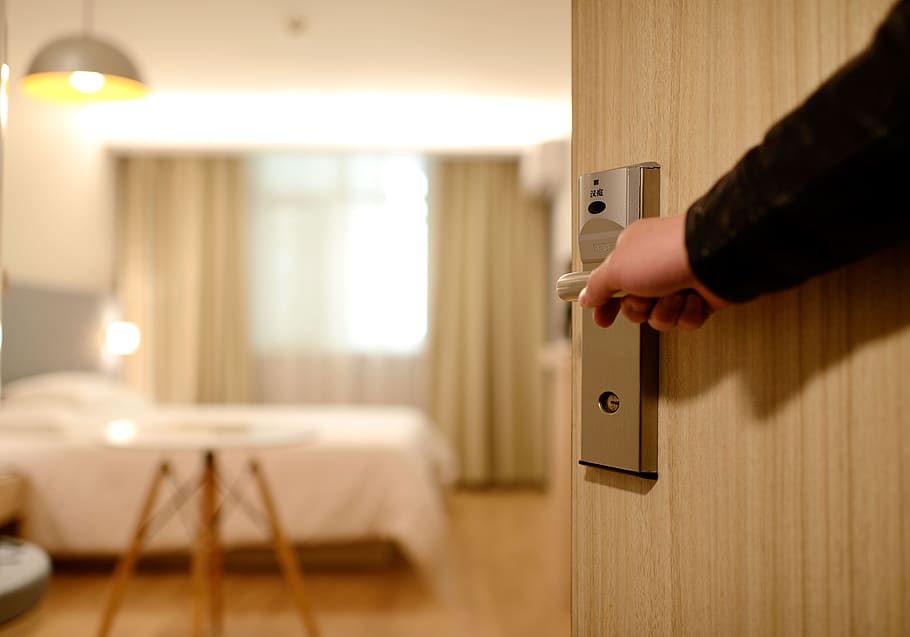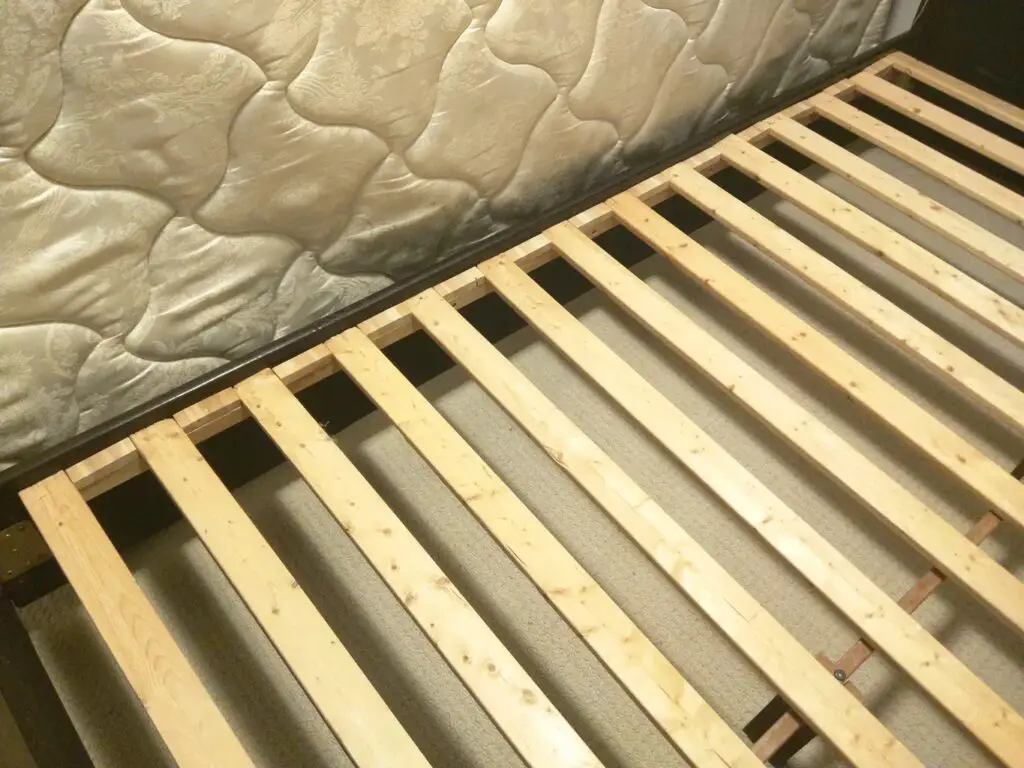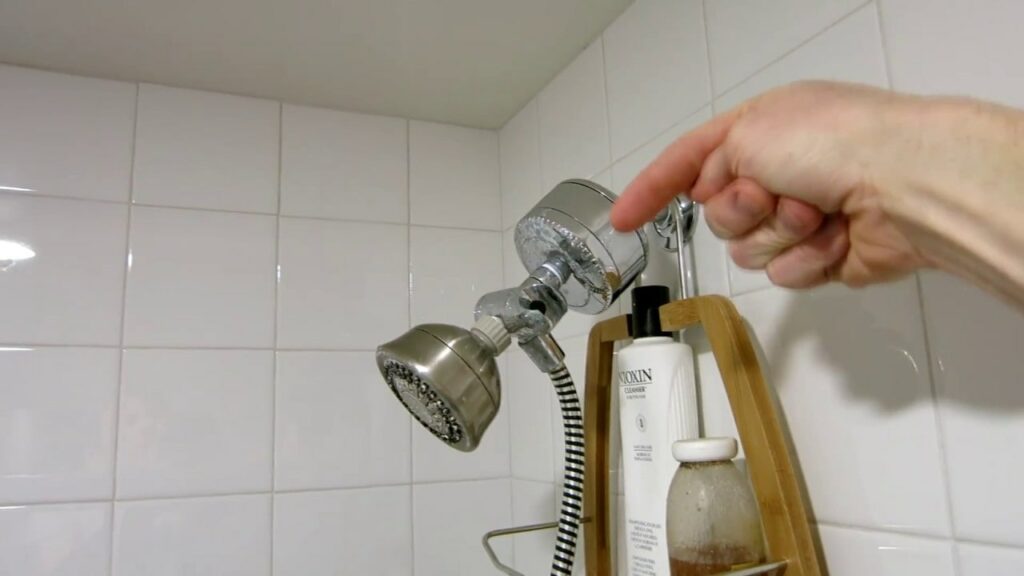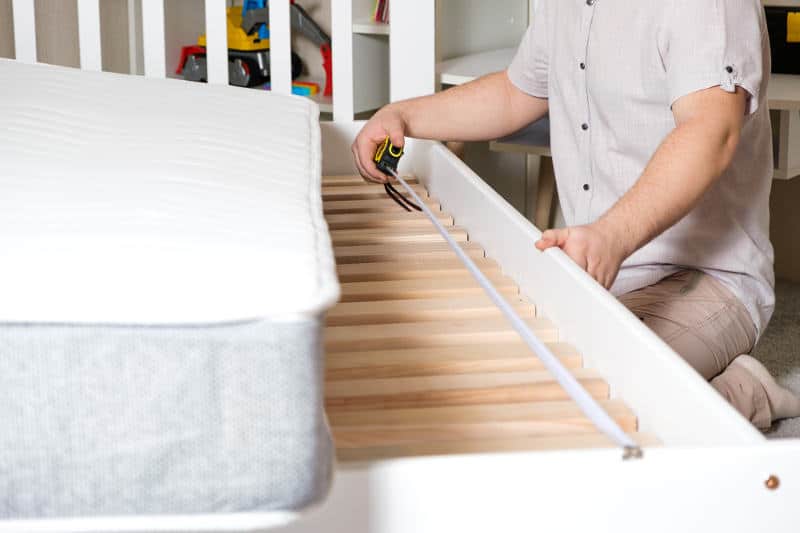Mattresses don’t last forever, whether you like them or not, you’ll eventually need to break in a new mattress. They tend to sink, lose their shape and get dirty over time.
All of these can lead to sleep deprivation as well as focus and productivity issues because of the long adjustment period, you may feel intimidated to spend your hard-earned money on a good mattress.
To find out more about how long it takes to get used to a new mattress, how to speed up the “break-in” process, and other useful facts, continue reading.
How long does it take to get used to a new bed?
It will take your body one to three months to fully adjust to your new mattress. This depends on the mattress in question, how long you stay in bed, etc.
If you’d rather go along quickly and don’t want to wait that long, take into account the following advice.
How to Break in a New Mattress?
There are several techniques to extend the break-in period, including:
Let your mattress breathe:

I realize how tempting it is to immediately unbox your mattress and cover it in the luxurious linens you purchased.
However, experiments have shown that allowing the fabric to breathe for a few hours before wearing helps the fabric to soften more quickly and allows some air to circulate through it.
If possible, I suggest leaving him unadorned for the entire day. You can make sure it receives adequate air by doing this.
In addition, a fresh mattress may have a specific smell that may not disappear for hours or days. Usually, the process is accelerated by allowing them to breathe.
Take the necessary time to relax:

Your new mattress may not at first feel like the sample you used in the store. Because I think hundreds of people have urinated on the sample before you. Time to unwind and soften is abundant.
If you’re back sore after the first night, be patient and don’t give up. Spend as much time as you can on the couch, whether it’s reading a book, watching TV, playing video games, etc.
Your mattress will become more comfortable to your body more quickly the more time you spend on it.
Apply some pressure:

If you’ve spent a full week getting used to your mattress but still don’t like how firm it is, you can try applying more pressure so that it deflates more quickly.
To help loosen the material a little faster, stand up and slowly move around the mattress. However, you must exercise extreme caution to protect the springs.
If you feel uncomfortable walking on your new mattress, you can add some weight to it and break it occasionally to make it more flexible.
Is your new bed giving you back and neck pain?
Some individuals suffer from back pain and believe that purchasing a new, more comfortable mattress will provide relief.
That’s accurate (if the old mattress is warped and inadequately supported causing pain), but as you can probably guess, it takes time.
Changing your sleeping position is the best way to relieve pain. You’d be shocked at how many people fall into bad sleeping positions that can lead to various back problems.
The most common sleeping positions are shown here, along with tips for maximizing each.
Sleeping on back:

Many people think that lying on your back while you sleep is the best position. It reduces pressure spots and distributes your weight effectively.
Additionally, it helps to keep your head, neck, and spine in proper alignment, which is important, especially when sleeping on a new mattress.
If your mattress is too hard for you, you can add more support by putting a small pillow between your lower back and knees.
Always remember that your mattress will eventually mould to your body and become very comfortable. If the first few nights on it are much less comfortable than usual, don’t give up.
Additionally, you can continue using additional pillows after the break-in period if you appreciate the support they provide.
All the advice you’ve discovered here is useful during and after the adjustment period.
Sleeping on the Side:

Another common position is sleeping on one’s side. But remember that your body is used to your old mattress, which may or may not deform.
As a result, the first time you lie on your side on a new mattress, your spine may not be properly aligned, resulting in pain.
The good news is that the solution is as easy as tying a cushion between your knees. Even if it’s straight, elevating your leg will help improve your hips, abdomen, and spine.
You can use a soft or firm pillow depending on your preference.
Sleeping in the fetal position:

People with severe back pain often prefer the fetal position for sleeping. This is because curling in a resting position opens up the joints, thus relieving tension or pain.
In this light, you can break in your new mattress by sleeping in the fetal position. You won’t feel as much pain while you sleep, and you won’t experience neck or back pain during adjustments.
Sleeping on the stomach:

Experts claim that sleeping on one’s stomach is the worst position. Although snoring can be alleviated in some cases, it puts stress on your neck and spine, which can be uncomfortable.
If you’re unable to change positions totally while you’re asleep, you can lift your core by putting a thin pillow under your stomach and hips. As a result, your spinal alignment will improve significantly.
Sleeping face down on the front side:

Try sleeping face down if you’re not already doing so in addition to putting a pillow under your hips and stomach.
Generally, stomach sleepers move their head to one side. This puts extra strain on the neck, shoulders, and back, which can prevent you from falling asleep at all.
To avoid all this, try sleeping on your face. You may be thinking, “How am I going to breathe?”
However, you can raise your forehead with the help of a small pillow, leaving enough room for breathing. If you don’t have a nice pillow, wrap yourself in a soft towel.
How to choose a head pillow:
Mattresses are as important as mattresses. Instead, you should replace them more frequently—every 12 to 18 months.
Ultimately, if your pillow makes it difficult to sleep at night, it doesn’t matter how comfortable your mattress is.
I advise getting a new pillow to help with the adjustment to your new mattress. You can choose the best product by using the following facts to determine what kind of sleeper you are.
Look for a thinner pillow if you want to sleep on your back. Because raising your head too high can put pressure on your neck and back.
Depending on your preferences, there are many different pillows available on the market, but I advise checking into the memory foam choice. For optimal comfort, they adapt to the unique shapes of your head and neck.
On the other hand, side sleepers generally prefer thicker pillows. They add extra neck support and are much more comfortable than slimmer variations.
A very thin pillow is what I advise getting if you sleep on your stomach. You don’t want to strain your neck because doing so can lead to more serious problems in the future.
You can also use a tiny, firm pillow (or a soft towel rolled up) to support your forehead as I indicated previously.
If you sleep on your face, it gives you room to breathe and straightens your neck, reducing any potential strain.
If you find sleeping more comfortable without a pillow, you can still do so.
Also read: How To Choose Rug Size for Queen Bed?
FAQ: How to Break in a New Mattress?
Yes, a new mattress can temporarily exacerbate back pain. This is because switching from an old, unsupported mattress to a new, supportive mattress requires some adjustment time. For brand-new mattresses, there is also a break-in time. At first, the ingredients may be hard, but they will gradually soften and mould your body.
Some high-density memory foam mattresses take up to 60 days to break down. The manufacturer should be consulted because they set a minimum lifespan for each model of mattress.
Most mattress labels will state that they should not be used within 24 hours, which is often the recommended time to wait before using the mattress after opening it.
Also read: Box Spring Alternatives
Conclusion:
It can be challenging to break into the new mattress, especially if you are worried. However, using the knowledge you’ve learned here should speed up the break-in process.
Just be patient, sleep comfortably for your body’s comfort, and don’t overlook the price of pillows – they can make all the difference.
Happy dreams!









